The ball valve is a quarter-turn valve type that uses a ball which is hollow, perforated, and pivoting to regulate the flow through it. It is open when the ball’s hole is lined up with the flow and it is closed when it is rotated 90° by the valve handle. The simplicity of this system gives ball valves a high degree of durability and reliability. The ball valves are the most versatile and effective valves, and they can be used in industrial, residential, and commercial applications. They provide very good tightness and control of the process without the high cost and complexity of other valve types. We are going to analyze the different factors that affect the pricing of ball valves and give you some tips for how to buy quality valves at reasonable prices, so that you will get the best value for your money.
Understanding Ball Valve Pricing: Factors That Influence Cost
In the process of buying ball valves, the variety of factors that may influence the price of these valves needs to be understood. This is not only helpful when choosing the right type for your needs but also it enables you to budget wisely.
Material
The choice of material for a ball valve is a key factor in determining its cost. Metal ball valves are mostly made from stainless steel, brass, and other alloys, or from plastic such as PVC. Stainless steel ball valves are valued for their strength and corrosion resistance, which makes them a good choice for harsh environments although also costlier. Brass ball valves have a good balance of price and function for the common commercial and residential applications. However, PVC ball valves are the most economical option, which are used in applications with chemical compatibility and lower pressures.
Design and Type
The ball valve design features, whether it is a full port or standard port, are also essential for pricing. The full port valves have a bigger flow rate and can reduce the pressure drop but they are relatively costly compared to standard port valves which are enough for the applications where flow rate is not a critical factor. Moreover, there are a number of valves like three-way ball valves, trunnion mounted ball valves, V-port ball valves, etc. which are designed for specific functions, our blog on types of ball valves provides detailed insights on these designs, and hence they have higher costs because of their complexity and specialized applications.
Size and Pressure Ratings
The cost of bigger ball valves and those intended for higher pressures (which are shown by higher psi or wog ratings) will naturally be higher as they require more materials and engineering to guarantee the durability and performance under stress.
Features and Certifications
Valves having features like PTFE seals, chemical resistant coatings, camlock fittings etc. are required for some applications. It may also be the reason for the valve’s price. Certifications like NSF, API, or CE are symbolic of quality and compliance to the industry standards, however, the process of getting them can be costly and passed on to the buyer.
Market Factors
Lastly, in addition to raw material costs, manufacturing complexities, and logistics factors (such as shipping and handling), external market factors also contribute to the final retail price of ball valves. Prices can go up quickly during peak demand or when raw materials are scarce.
Explanation of Ball Valve Types on Pricing
Different types are engineered for varying functionalities, which can influence their cost substantially. Here’s a breakdown of how different types of ball valves impact pricing:
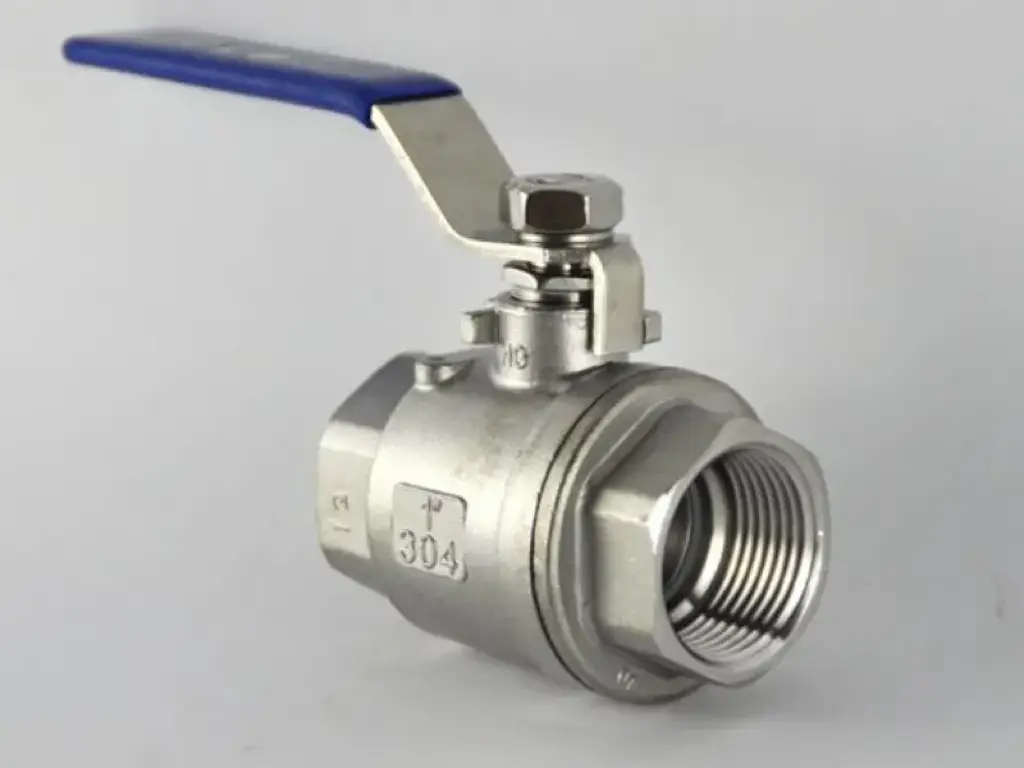
- Standard and Full Port Valves: The main difference is the size of the ball compared to the pipeline. Full port valves are more expensive because of the larger amount of material used and the need to keep a full flow rate, which is crucial for applications such as firefighting and when using viscous fluids.
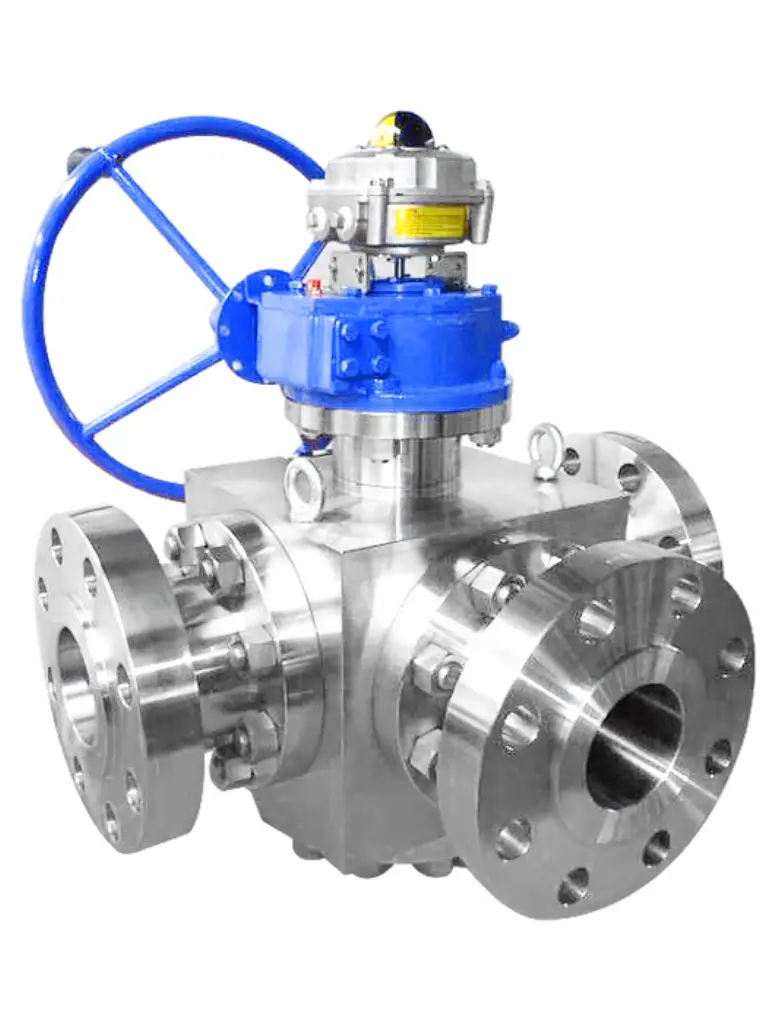
- Three-Way Ball Valves: These valves add complexity with the extra port that can be used to change the direction of the flow within the system. This complexity and extra functionalities often result in the increase of the manufacturing costs.
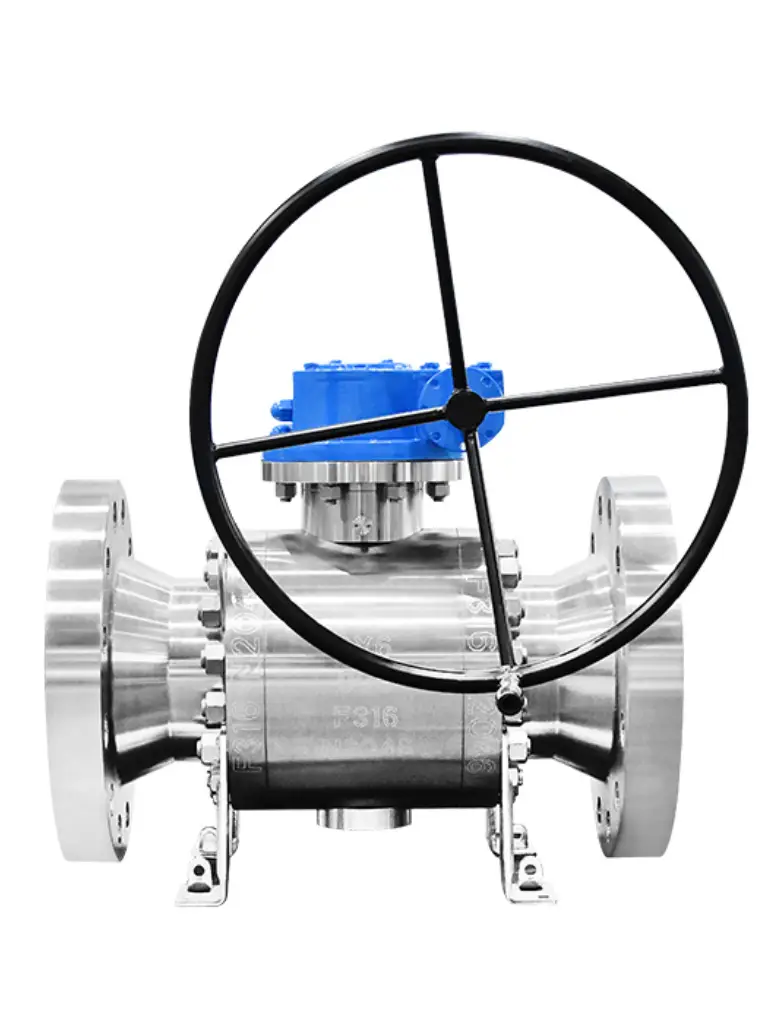
- Trunnion Ball Valves: These valves are meant for high pressure and large diameter applications, and they require strong support for the ball which is anchored at the top and bottom. This design reduces the torque needed to turn the valve, but the extra material strength and engineering involved make them more expensive.
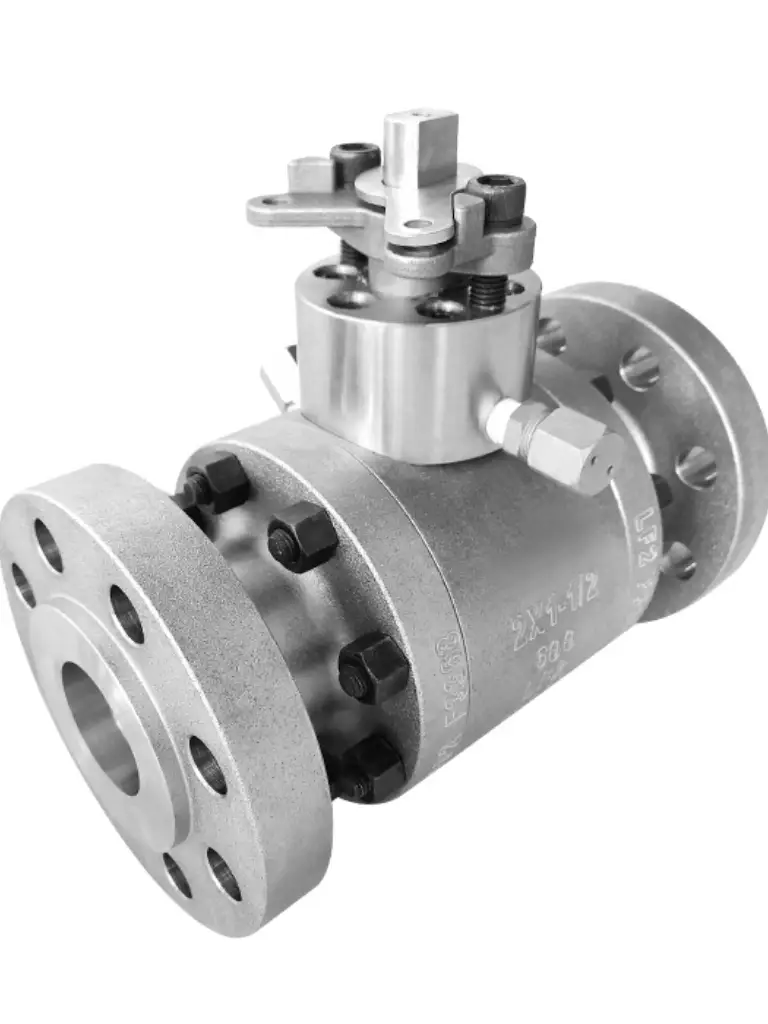
- Floating Ball Valves: In these valves, the ball is not fixed but it is held in place by the compression of the seats. Ideal for smaller, lower-pressure areas, these are usually less expensive than others because they are simple.
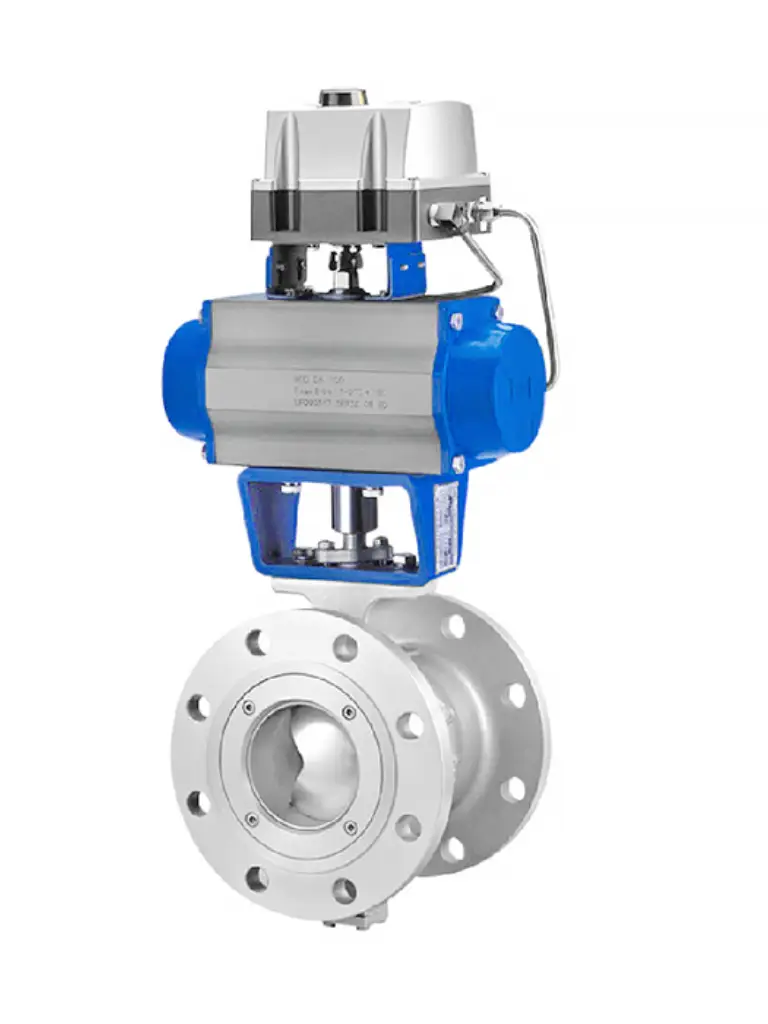
- V-Port Ball Valves: These are designed for the purpose of exact control over the flow rates, hence they are perfect for throttling applications. The V-shaped cut in the ball or seat enables better modulation, which demands high accuracy and engineering, so the cost is higher.
The different ball valve types are engineered to be pressure, temperature, and fluid dynamic specific which can impact their manufacturing complexity and material requirements significantly. The following table is a categorization of common types of ball valves and the usual causes of the price differences:
| Valve Type | Price Range | Materials Commonly Used | Size Range (inch) | Design Characteristics | Common Applications |
| Standard Port Valve | $15 – $200 | Brass, Stainless Steel, PVC | 1/2 – 12 | Ball diameter smaller than pipeline, reduced flow | Water, residential, commercial, mild chemicals |
| Full Port Valve | $20 – $500 | Stainless Steel, Brass, PVC | 1/2 – 12 | Ball diameter equal to pipeline, no flow restriction | Firefighting, viscous fluids, slurries |
| Three-Way Ball Valve | $30 – $600 | Stainless Steel, Brass | 1/2 – 6 | Three ports for changing flow direction, L or T configuration | Diverging or mixing flow, heating systems |
| Trunnion Ball Valve | $100 – $2000+ | Stainless Steel, Carbon Steel | 2 – 48 | Supported ball from bottom, handles higher pressures, minimal torque | Oil, gas, high-pressure industrial |
| Floating Ball Valve | $20 – $300 | Brass, Stainless Steel, PVC | 1/2 – 10 | Ball suspended in the fluid, good for lower pressure scenarios | Residential, commercial, light industrial |
| V-Port Ball Valve | $50 – $1000 | Stainless Steel, Carbon Steel | 1-12 | V-shaped ball or seat for better throttling capabilities | Precise flow control, industrial applications |
Please note that such information may contain inaccuracies and for more detailed data, it is recommended to contact suppliers directly or technical specifications. Suppliers can provide extensive information and data to help you make the best valve choice for your needs.
Where to Buy Ball Valves: Top Suppliers and Marketplaces
As crucial as the specification itself, selecting where to buy ball valves is a decision of equal importance. For bulk orders, traditional manufacturing and OEM suppliers have the advantage of customization, though they could take a longer time and be more expensive. Distributors like Grainger and Fastenal provide a variety of ball valves, including more specialized options like the three-way ball valves and those suitable for high pressure ratings.
Online marketplaces such as Amazon, AliBaba, and others have become increasingly popular over time because of their competitive prices and wide variety. These platforms give a venue for numerous vendors to display their products and compare ball valve prices and specifications such as diameter, psi capacity and material type among others. Yet, you must take into consideration the source of online suppliers to avoid counterfeit or substandard products.
Local hardware stores and plumbing suppliers usually do not have the wide range of products of large online marketplaces, but they are advantageous in that they provide immediate availability and no shipping costs. They also offer in-depth knowledge and assistance that could be more than helpful in choosing the ball valve that is right for you.
Comparative Shopping for Ball Valves: How to Evaluate Quality and Price
Comparative shopping is vital to make sure that you are getting the best price for ball valves but without putting quality at risk. Begin by outlining the ball valve you are looking for, indicating its characteristics, including its port valve type (full port vs. the port (standard or DIN), material (stainless steel, brass, or PVC) and psi rating (psi of the gas). Once you have a clear specification, request quotes from different suppliers.
Search for ball valves that have been built to the highest professional standards and carry proper certification. There could be the NSF certification for lead-free brass ball valves or ISO certifications for manufacturing quality as well. Customers can also use reviews and ratings to get an idea of the durability of the ball valve and the credibility of the supplier.
Obviously, price is of utmost importance, but the lowest price is not always the best option. Assess the total cost of ownership which entails the durability, maintenance needs and downtime costs. Take as an example that a more affordable ball valve may be worn out quicker and hence, might need to be replaced more often therefore leading to increase in the long-term costs.
Negotiation Strategies for Lowering Ball Valve Prices
Negotiation is the strong weapon when you are trying to decrease the cost of ball valves. If you are buying in bulk, you have the advantage of being a large customer. Therefore, you can use your buying power to negotiate better terms. Such offerings can be in the form of discounts, better payment terms, or free shipping among others. Educate yourself on the normal prices and market rates of the ball valves you are interested in in order to support your bargaining power.
The sustainability strategy should include developing long-term partnerships with suppliers as a way to get better prices. Vendors are usually ready to give substantial markdowns to clients that have proved their loyalty. Besides that, you can bargain for price locks to keep the market from fluctuating.
Another solid strategy is to ask for add-ons or improvements without extra price. These could include such things as extended warranties, faster shipping, or upgraded ball valves which may have higher pressure ratings or chemical resistant coatings.
Key Takeaways: Maximizing Value in Your Ball Valve Purchases
In order to achieve the target of buying cost-effective and high-quality ball valves, the following key techniques should be applied to enable you to make the best and economical decisions.
- Understand the Influencing Factors: Become familiar with the components that determine the ball valve prices, including material, type, size, and extra features. This information is necessary to evaluate the value you receive for your money.
- Explore Various Sources: Don’t limit your buying options to one supplier. Go to different sellers like conventional shops and online shops to compare prices and the kind of products they have.
- Prioritize Quality Over Cost: It is very easy to go for the cheapest option but by maintaining quality the ball valve will last longer and perform more reliability, thus saving you money on the maintenance and replacement in the long run.
- Negotiate: Try to use negotiation as a tool whenever you can. Examples of this are bulk purchases which can sometimes be a lever for price reduction.
- Consider Total Cost of Ownership: Look at the other expenses apart from the purchase price. Think about how does a ball valve work, operational costs, lifespan, and maintenance expenses, for example. A valve that is a bit more costly but with the benefit of lower lifetime costs may be the best choice overall.
Through this approach, you will be able to buy ball valves not only at a reasonable price but also with the best quality and life expectancy. Consequently, you will have the best value for your money.
Future Trends in Ball Valve Pricing
Moving into the future, several forthcoming trends might be the factors that affect the ball valve prices and the market dynamics. Updating oneself on the current trends will be a key factor for businesses and consumers who wish to make a cost-effective and strategic purchase decision.
- Material Innovations: Technology progress in materials could result in new ball valves which may have superior performance or lower cost. For instance, the introduction of new alloys or composite materials that are not only wear-resistant and cheaper than stainless steel or brass but also have competitive prices could affect pricing.
- Manufacturing Efficiencies: Reduction of manufacturing costs is probable with applying new techniques, for example automation and better precision tools. This may result in a decrease of the prices for the consumers if the saving is transferred to the manufacturers.
- Global Supply Chain Adjustments: Geopolitical shifts, trade policies, or other factors that affect global supply chains may be the cause of the changes in the cost of raw materials and the availability of ball valves. The way these changes will affect the price is it will either increase or decrease depending on the nature of the changes; some of them will result in supply constraints while others will create new supply avenues.
- Environmental Regulations: The growing number of stricter environmental standards will require more advanced, environmentally friendly ball valves that yield less leakages and emissions. At the beginning, these technologies are expensive but they will be more cost-effective when they are deployed on a greater scale.
- Smart and Connected Valves: The automation of industrial components by the means of IoT technology is growing in popularity. The installation of ball valves with smart technologies for remote monitoring and the use of automated control systems is anticipated to become more widespread in the future. The smart valves may have higher initial costs but because of their potential for cutting down in operational costs, they could be very attractive in long run.
This way, taking these trends into consideration, buyers can have a more accurate forecast of ball valve prices and they can use this information to arrange their strategies in order to make the best deals.









